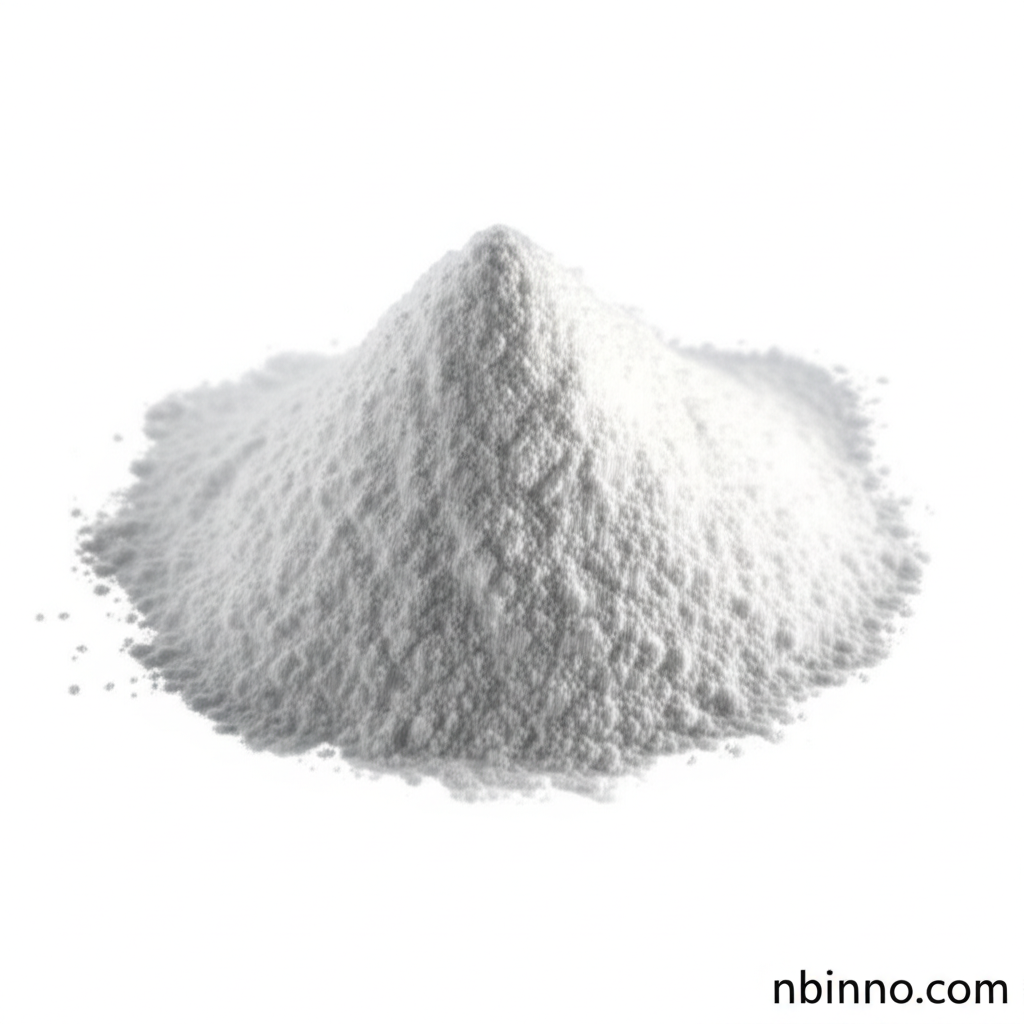P21 Peptide: Understanding Its Role in Cell Cycle Regulation and Disease Prevention
Explore the critical functions of the P21 peptide in cell cycle control, apoptosis, and its link to disease susceptibility.
Get a Quote & SampleProduct Core Value

P21 Peptide
The P21 peptide, also known as cyclin-dependent kinase inhibitor 1A (CDKI), plays a pivotal role in regulating the cell cycle. It functions by binding to and inhibiting various cyclin-CDK complexes, thereby arresting the cell cycle at the G1 phase. This action allows damaged cells sufficient time for repair and prevents DNA replication errors that could lead to cellular abnormalities or malignant transformation. While not a direct factor in apoptosis, P21 indirectly participates in this process by arresting the cell cycle in cells that fail to repair DNA damage.
- P21 peptide function cell cycle regulation: The P21 peptide is a key negative regulator of the cell cycle, essential for maintaining genomic stability.
- P21 gene polymorphism disease incidence: Polymorphisms within the P21 gene have been associated with an increased susceptibility to tumors, highlighting its role in disease prevention.
- P53 gene P21 gene expression relationship: P21 is a crucial downstream gene of P53, with its expression rapidly induced by P53 upon cellular damage, indicating a critical p53-P21 pathway in cellular defense.
- P21 protein CDKIs family cell cycle arrest: As a member of the CDKIs family, the P21 protein effectively causes cell cycle arrest by inhibiting various cyclin-CDK complexes.
Product Benefits
Cell Cycle Control
The P21 peptide's ability to arrest the cell cycle at G1 provides crucial time for DNA repair, preventing the replication of damaged genetic material.
Disease Susceptibility Insights
Understanding the link between P21 gene polymorphism and disease incidence, particularly in tumors like cervical cancer, aids in risk assessment and preventative strategies.
Molecular Pathway Understanding
The P21 protein's role in the P53-dependent pathway for cell cycle arrest and DNA repair is vital for comprehending cellular responses to damage.
Key Applications
Cell Cycle Regulation
The P21 peptide is fundamental in maintaining cell cycle checkpoints, ensuring proper progression and preventing uncontrolled proliferation.
Tumor Growth Inhibition
By arresting the cell cycle, P21 indirectly contributes to the inhibition of tumor cell proliferation, a critical factor in cancer management.
Apoptosis Mechanism Insight
While not directly causing apoptosis, P21's role in cell cycle arrest indirectly supports the apoptosis pathway for irreparably damaged cells.
Disease Progression Studies
Research into P21 gene polymorphism and its link to tumor susceptibility provides valuable insights into disease pathogenesis and potential therapeutic targets.
